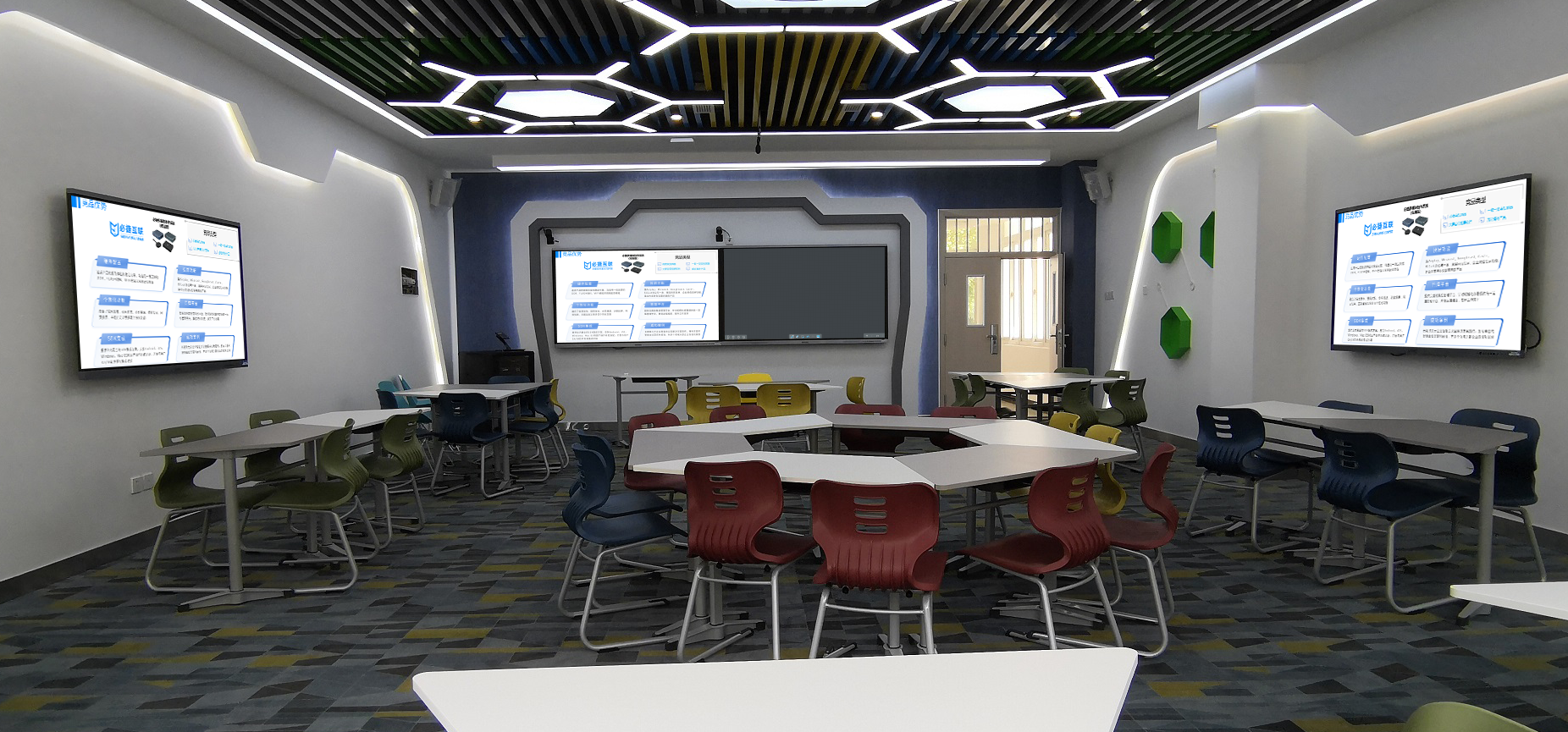Amid the wave of digital transformation,
multi-screen collaboration has become a key technology for improving work efficiency. Through wireless screen mirroring technology, deep synergy can be achieved between different devices, creating brand-new work models.
The greatest value of multi-screen collaboration lies in breaking down “device silos” to achieve:
- Cross-device file sharing
- Seamless task handoff
- Unified operating experience
- Efficient resource utilization
A modern multi-screen collaboration system typically consists of the following layers:
- Connection Layer: Establishes device connections based on Wi-Fi Direct or Miracast.
- Transmission Layer: Adopts optimized video encoding and transmission protocols.
- Interaction Layer: Enables cross-device interactive operations.
- Application Layer: Provides specific business functions.
Through technologies such as adaptive frame rates and intelligent bitrate control, latency is controlled within 50 milliseconds, ensuring real-time operation.
Devices can automatically discover and connect to each other, supporting one-click screen mirroring—greatly enhancing ease of use.
Supports interconnection of multi-platform devices (Android, iOS, Windows), breaking through system limitations.
In interactive classrooms, teachers can use multi-screen collaboration technology to cast courseware to multiple students’ tablets and check students’ learning progress in real time. Students can also cast their homework to the main screen for sharing, enabling truly interactive teaching.
With the development of IoT technology, multi-screen collaboration will expand further:
- Linkage with smart home devices
- Support for more types of devices
- AI-assisted collaboration
- Enhanced cloud-based synergy
Multi-screen collaboration technology is redefining the way devices interact. Through advanced wireless screen mirroring technology, we are entering an era of truly intelligent interconnection.

